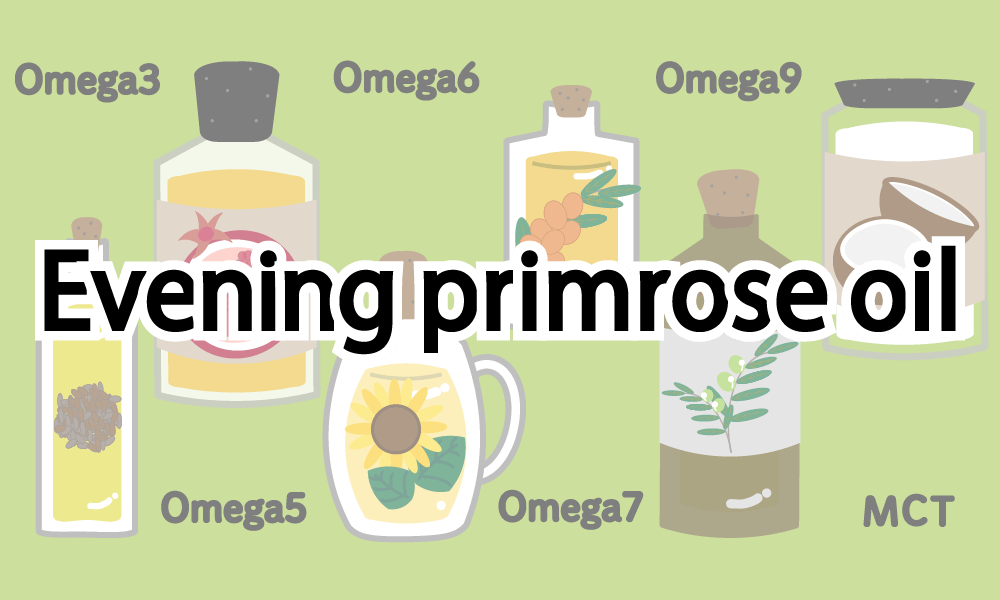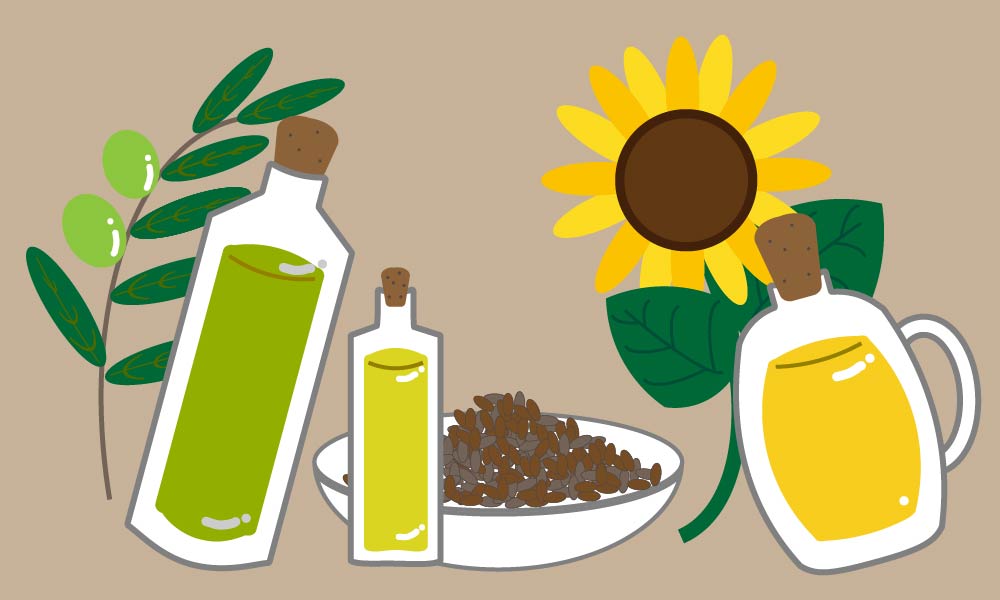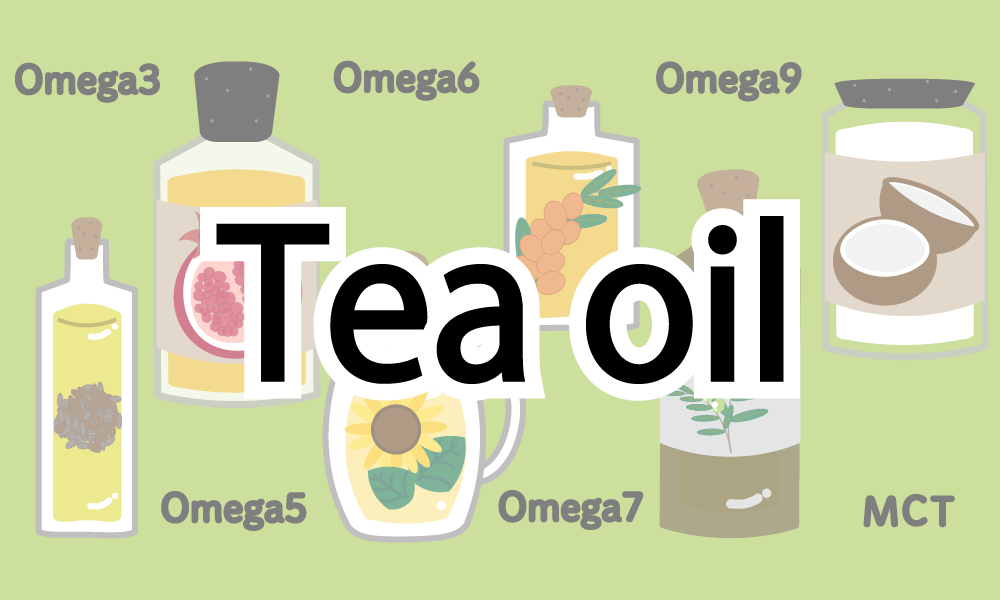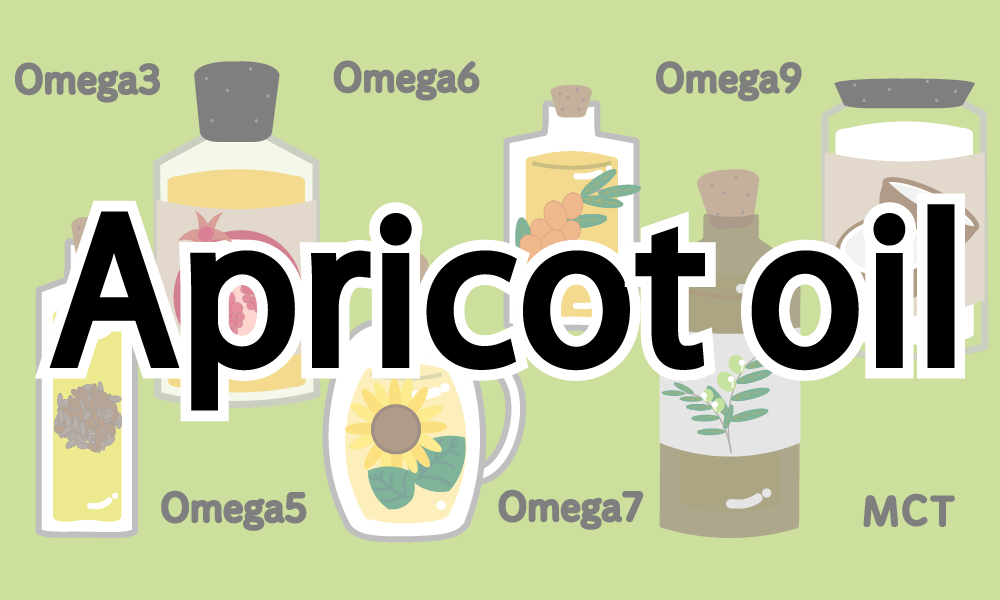How bad is the oxidation of oil? Critical temperature and smoke point that vary depending on the type of oil
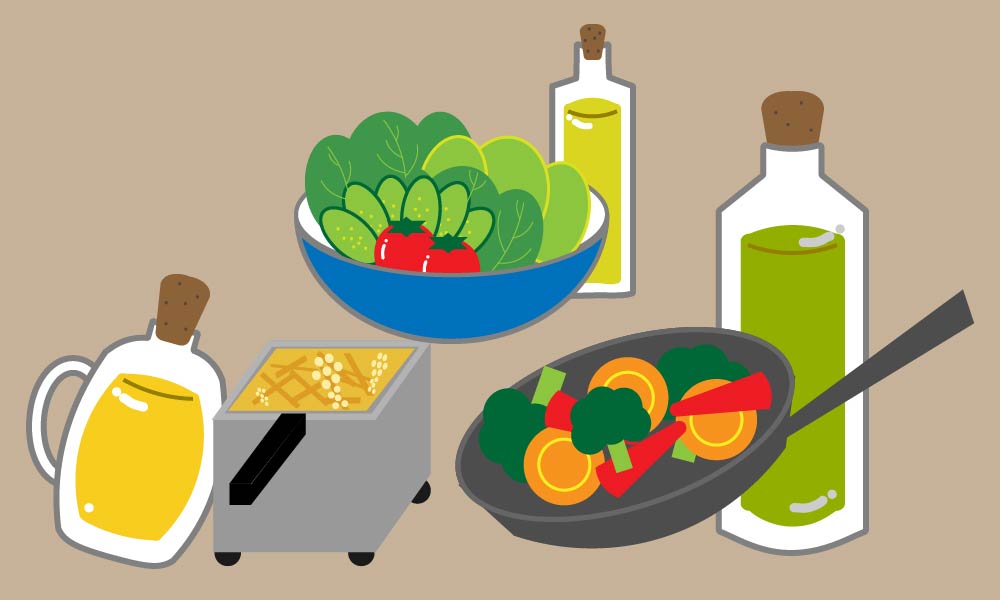
Proper cooking temperature depends on the oil. Even if you get good oil, if you handle it incorrectly and oxidize it, it may you be sick.
Let's make the best use of the goodness of oil by knowing the proper cooking temperature and handling of oil!
\\ This article is recommended as follows //
- Those who want to avoid oxidized oil
- People who want to know oils that can be heated and oils that cannot be heated
- Those who want to know about the critical temperature and smoke point of oil
Contents
- 1.Oxidation of oil
- 2.What is the critical temperature of oil?
- 3.What is the smoke point of oil?
- 4.How to identify oxidized oil
- 5.Summary
1. Oxidation of oil
As I mentioned on another page, oil is oxidized by light, air, heat, humidity and metal.
For example, when the container is transparent and exposed to electricity or sunlight, when it is stored in an unsealed container, or when the remaining oil is used many times.
Vegetable oils, which are unsaturated fatty acids, are especially prone to oxidation
Oxidized oil produces peroxides. It is a harmful substance to the human body and is known to be a carcinogen as well as causing gastrointestinal damage and diarrhea, as well as causing arteriosclerosis and DNA damage.
That said, unsaturated fatty acids contain a lot of essential fatty acids that the human body cannot produce, so it is an oil that should be taken positively. So be sure to get good quality oil in the right way.
2. What is the critical temperature of oil?
The temperature at which harmful substances ( peroxidants ) begin to be generated when oil is heated.
Peroxidants are generated when trans fatty acids, linoleic acid, and α-linolenic acid are oxidized.
The critical temperature varies depending on the oil and is determined by the fatty acids and other components contained in the oil. This is why some oils are good for cooking and some are better to eat raw.
3. What is the smoke point of oil?
When oil is heated, it exceeds the critical temperature, smoke begins to be emitted, and there is a risk of ignition.
Hazardous substances (peroxidants) are generated when the smoke point is exceeded, similar to the case when the critical temperature is exceeded. Also, trans fatty acids are generated. Oxidation also increases, which is dangerous. Not only is the oil itself dangerous, but the flavor and nutrients of the ingredients it cooks with are also compromised.
Furthermore, even with the same oil, the smoke point will decrease as it is used repeatedly. Therefore, the older oil, the easier it is to smoke, so you need to be more careful when using the oil in fried foods.
If the oil smokes or smells unpleasant during cooking, turn off the heat immediately and wait for the oil to cool before changing to a new one!
Critical temperature of oil
In general, refined oil has a higher smoke point and is more stable than unrefined oil, even if the ingredients are the same. However, the nutritional value and flavor are reduced, so it is important to choose a cooking method that takes advantage of the characteristics of each oil.
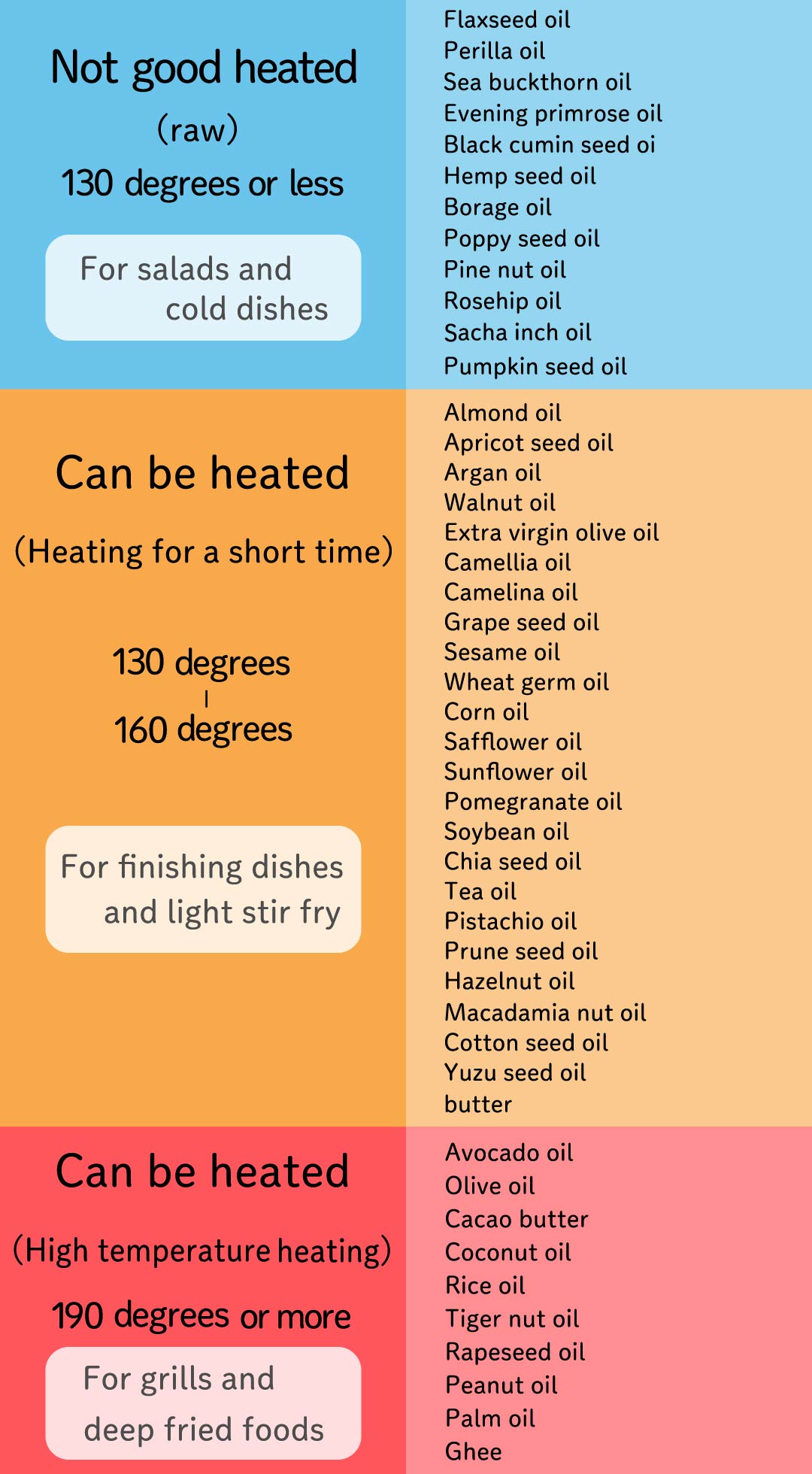
As I mentioned earlier, the difference in critical temperature between "extra virgin olive oil" and "olive oil" even with the same olive oil is the difference in the degree of refining. This applies not only to olive oil, but to all oils such as canola oil and coconut oil.
So keep in mind that "cold pressed" oils and oils labeled "unrefined" should be cooked at temperatures lower than this table .
By the way, oil that can be heated can be eaten raw or heated!
4. How to identify oxidized oil
I've talked about the danger of oil oxidation, but you can't know the exact numbers unless you measure them properly.
However, it is possible to know the standard of oxidation.
①Smoke comes out
Oxidized oil has a lower critical temperature and smoke point than fresh oil and is more prone to smoke. Be careful when smoke comes out without applying too much heat.
②Sticky when the oil cools
Oxidized oil is simply a state in which oxygen is combined with fatty acids to make the molecules larger, so it is not a smooth oil but a thick and sticky oil.
③Bubbles are hard to disappear
Smooth fresh oil disappears immediately when bubbles are formed, but thickened oil does not easily disappear.
④The color becomes darker
As the oxidation progresses, the color gradually turns brown and becomes darker.
⑤It smells unpleasant
It may be difficult to judge the scent, but be careful if the scent is different from the one at the time of opening and is not a good scent.
Be sure to check the oil that has been opened for several months or the oil that has been used for deep-fried food several times!
Summary
Even if you get good quality oil, it will be oxidized, and if you use it above the critical temperature, it will be poisonous to your body and the oil will be wasted.
Please pay attention to the storage method and cooking temperature by referring to what I talked about on this page.
We have created a ranking of recommended oils that suit each cooking method!
Please refer to it!
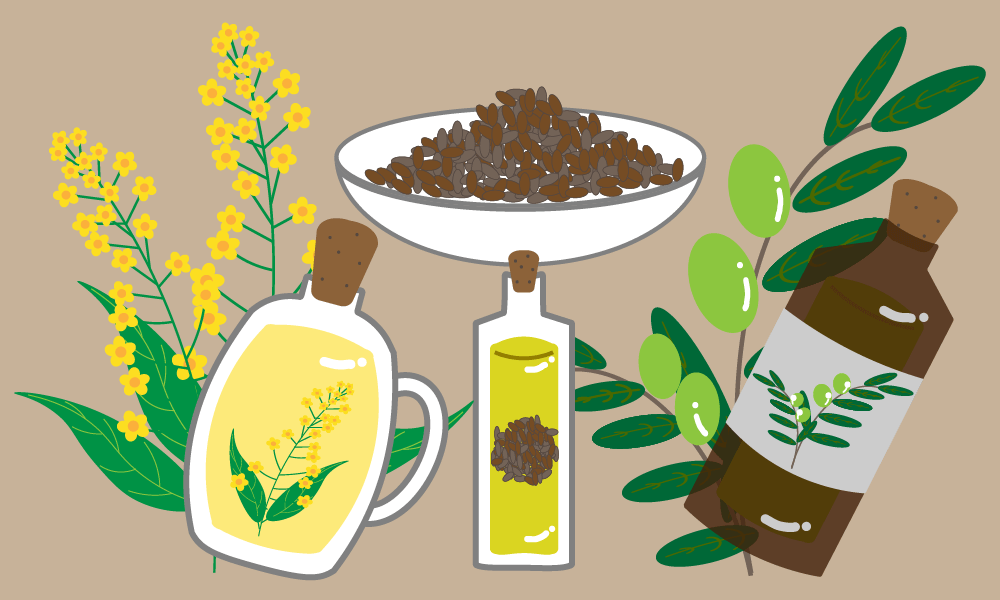
【Recommended oil ranking】Use different oils depending on the cooking method!
Read more


